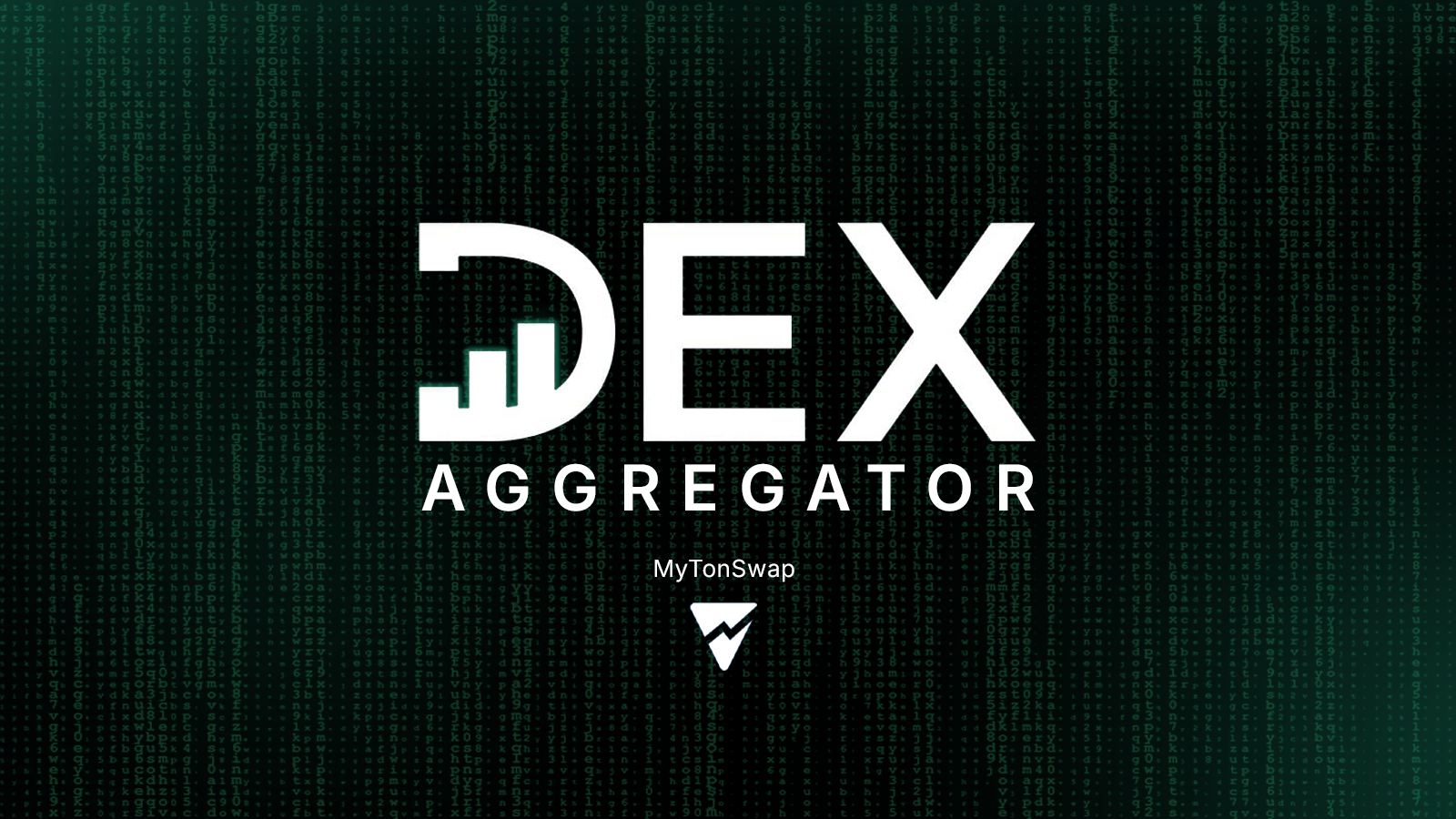
5 Reasons for Liquidity Pool Importance for DEXs
Decentralized exchanges (DEXs) have become a popular way to trade cryptocurrencies without the need for a central authority. A key element enabling these exchanges to function smoothly is the liquidity pool. In this article, we’ll break down what a liquidity pool is, how it works, and why it’s essential for DEXs and the broader DeFi (decentralized finance) ecosystem.
What is a Liquidity Pool?
A liquidity pool is a collection of funds (cryptocurrencies) locked in a smart contract that provides liquidity to facilitate trading on a DEX. Unlike traditional exchanges where orders are matched between buyers and sellers, DEXs rely on liquidity pools, where traders can swap tokens directly with the pool. This approach eliminates the need for a buyer and seller to be present at the same time for a trade to happen.
For example, a liquidity pool for the TON/USDT pair on the TON Blockchain would contain both TON and USDT tokens. Users who want to trade TON for USDT (or vice versa) can do so directly with this pool instead of waiting for a matching order from another user.
How Do Liquidity Pools Work?
Liquidity pools are powered by automated market maker (AMM) algorithms. AMMs use mathematical formulas to determine the price of tokens in the pool based on their supply. The most common AMM formula is the constant product formula:
x×y=kx \times y = kx×y=k
where x and y are the quantities of two tokens in the pool, and k is a constant. This formula helps maintain balance within the pool, adjusting prices automatically based on the ratio of tokens in the pool.
For example, if there’s a TON/USDT pool, the AMM algorithm will adjust the price of TON relative to USDT as trades are made. If more users buy TON from the pool, its supply decreases, causing its price to rise. The pool always maintains the constant product, ensuring smooth and fair trading.
Why Are Liquidity Pools Important for DEXs?
Liquidity pools are the backbone of DEXs, offering several critical benefits:
1. Continuous Liquidity
With traditional exchanges, you need a counterparty (another trader) willing to buy or sell at your desired price. However, DEXs with liquidity pools allow trades to happen instantly because liquidity is always available within the pool, ensuring continuous access to trading.
2. Decentralized and Permissionless
Liquidity pools operate through smart contracts, which are decentralized and autonomous. This enables permissionless trading—anyone can provide liquidity or trade tokens without needing approval from a central authority. This structure is foundational to the decentralization ethos of platforms like the TON Blockchain.
3. Enhanced Trading Efficiency
Since DEXs rely on AMM algorithms, trades can be executed quickly without waiting for a counterparty. This reduces waiting time and enhances the efficiency of trading on DEXs. Whether swapping tokens like USDT and TON or other pairs, liquidity pools provide a streamlined process for trades.
4. Earning Opportunities for Liquidity Providers
Users who contribute funds to liquidity pools are called liquidity providers (LPs). They earn fees from each transaction in the pool, which incentivizes them to contribute their assets. For instance, if you add USDT and TON to a liquidity pool on a DEX aggregator on the TON Blockchain, you earn a portion of the trading fees whenever other users trade USDT and TON through that pool.
5 Additional Key Reasons for Liquidity Pool Importance
- Price Stability in Volatile Markets
Liquidity pools help maintain price stability, even in volatile markets. By having a constant product formula and a balance of tokens, the automated market maker (AMM) can adjust prices dynamically. This feature minimizes drastic price changes, providing a stable trading experience for users. - Democratized Access to DeFi Opportunities
Liquidity pools offer users the chance to participate directly in decentralized finance (DeFi), democratizing access to financial opportunities. Unlike traditional finance, where liquidity provision is limited to large institutions, anyone can become a liquidity provider (LP) on a DEX by adding assets to a pool and earning rewards. - Enhanced Market Efficiency
Since liquidity pools are constantly available, they reduce inefficiencies that occur in traditional exchanges, where buyers and sellers must be matched. With pools, trades are executed instantly, creating a seamless, more efficient market environment. - Support for Niche Tokens
Liquidity pools enable the trade of niche tokens that might not be available on centralized exchanges (CEXs). By supporting diverse tokens, liquidity pools allow users to trade a wider range of assets, supporting projects in early stages or with smaller communities. - Community-Driven Growth and Rewards
DEXs often reward liquidity providers with governance tokens or additional incentives. This community-driven reward system encourages user participation, fostering a collaborative growth model. The more participants provide liquidity, the stronger the ecosystem becomes, benefiting both traders and LPs alike.
Risks Associated with Liquidity Pools
While liquidity pools offer many benefits, they also come with certain risks:
1. Impermanent Loss
Impermanent loss occurs when the value of assets in the liquidity pool changes compared to simply holding them. If the price of one token in the pool changes significantly, LPs may incur losses when they withdraw. This risk is more prominent in volatile markets but can be mitigated by choosing more stable trading pairs.
2. Smart Contract Risks
Since liquidity pools operate through smart contracts, they are exposed to smart contract vulnerabilities. Bugs or exploits in the code could lead to loss of funds. For this reason, choosing well-audited DEXs and platforms is essential.
3. Market Volatility
High market volatility can lead to increased slippage, where the actual price differs from the expected price at trade execution. However, many DEX aggregators on the TON Blockchain and other platforms allow users to set slippage tolerance to avoid unexpected losses.
How to Participate in a Liquidity Pool
If you’re interested in becoming a liquidity provider, here’s how you can get started:
- Choose a Trading Pair: Select a liquidity pool with a trading pair you want to provide funds for, such as TON/USDT.
- Add Liquidity: Deposit an equal value of both tokens (for example, equal amounts of TON and USDT) into the pool. This step locks your assets in the smart contract, allowing you to earn fees as other traders interact with the pool.
- Earn Rewards: Once your tokens are in the pool, you’ll start earning a portion of the transaction fees generated by trades within the pool.
Some DEXs may also offer additional incentives, such as rewards in governance tokens, to encourage more participation.
Conclusion
Liquidity pools are a fundamental component of decentralized exchanges, allowing continuous, efficient, and decentralized trading without relying on a central authority. They provide essential benefits like instant trades, decentralized access, and earning opportunities for LPs. While liquidity pools come with some risks, careful consideration and understanding of these aspects can make participating in them a rewarding experience.
For anyone trading on the TON Blockchain or any other DeFi platform, liquidity pools play a crucial role in enabling seamless and accessible trading, making them an indispensable tool in the world of decentralized finance.




